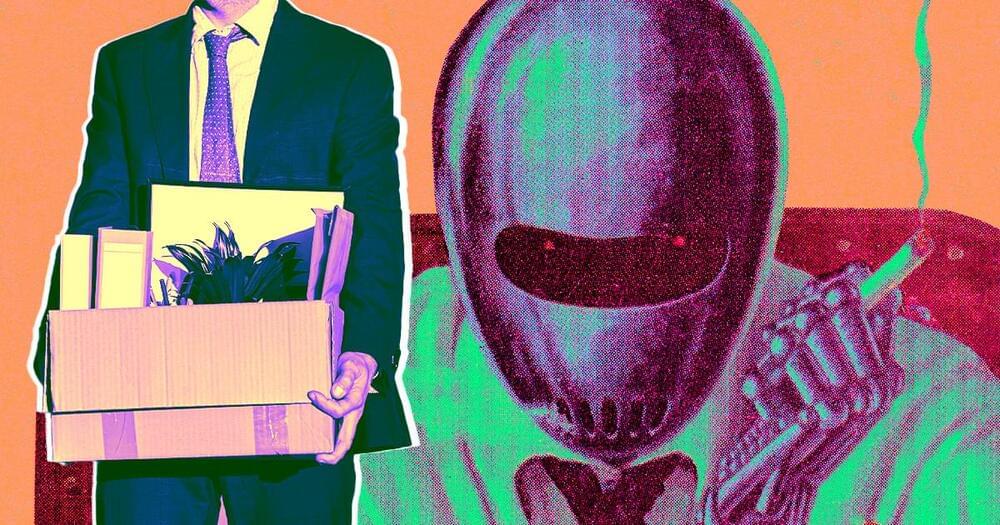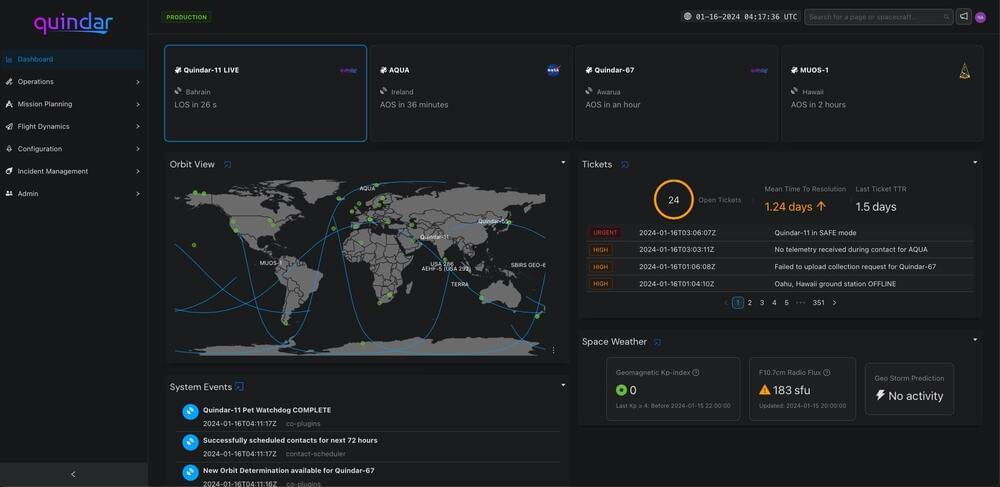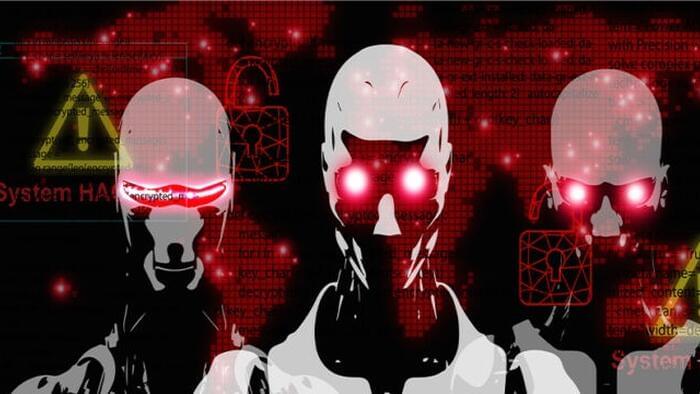It’s possible the OnlyFake owner is exaggerating, and it’s also worth noting that counterfeiting documents is nothing new. The difference here, though, is that the firm’s software is capable of cranking out hundreds of fake, but very real looking, IDs. It feels like it’s a matter of time before both banks and crypto firms alike are swamped by a wave of bots seeking to open accounts that possess convincing fake IDs.
You can add to this an impending wave of AI-based tools that will be used to overcome the anti-fraud measures, such as voice-based authentication, used by banks and others. We are also seeing AI being used to carry out audacious new forms of robbery—including the jaw-dropping story this week of a criminal gang that persuaded some poor employee in Hong Kong to transfer $25 million of company funds during a Zoom meeting. It turned out that all the members on the Zoom call were AI-generated replicas of the employee’s boss and coworkers.







